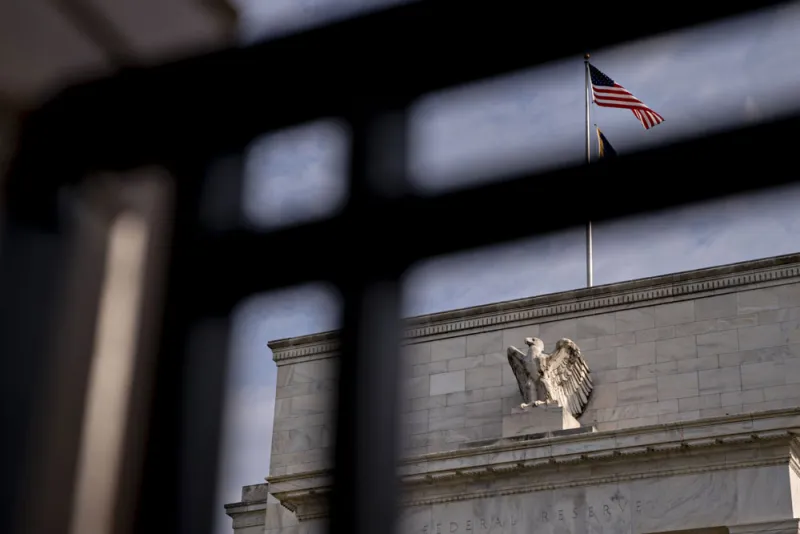Owning bonds in a low- or negative-yield environment isn’t a pointless exercise, according to research from AQR Capital Management.
Amid bonds pricing at what the investment firm calls “unprecedented low levels,” AQR shared advice with Institutional Investor on how to allocate assets in a low yield environment.
The main takeaway?
“Lower- or negative-yield bonds can be good for return generation,” John Huss, principal at the firm, said Friday by phone. “To put it in a nutshell: What we recognized while working on this paper is that the laws of finance work similarly at high and low levels of yield.”
But even as disparate markets behave similarly, one factor becomes more important in a lower-yield environment: the risk-free rate or the rate of return investors can expect from risk-free investments like treasuries.
Lower risk-free rates result in lower total returns but don't influence excess returns – or those above the risk-free rates – according to Huss. He added that even when market interest rates were negative, investors’ ability to generate an investment premium on the risk-free rate was unchanged.
This, for investors, is both good and bad news.
On the one hand, negative- or low-yielding bonds don’t spell doom for bond investors because they are still able to beat the risk-free rate. On the other, the total return in the bond market is still low, thanks to lower risk-free rates.
“The total return does matter for investors,” Huss said. But, he added, “the excess return is the only thing that their actions can affect.”
In other words, as Huss’s colleague, Yao Hua Ooi, principal at the firm, said: “What investors should really care about when it comes to asset allocation is the excess returns.”
With an eye on those excess returns, Huss noted that investors may not change the way they invest in bonds. However, when keeping this in mind, Ooi suggested that investors may want to consider diversifying their investments further than they already have.
“When applying modest tactical tilts to a strategic base, there is a diversification benefit from combining multiple signals which is similar to the diversification benefit from allocating to multiple asset classes,” according to the research.
It’s important to note that it’s the investor’s local risk-free rate that matters most. This means that when investors take their money overseas, they still are measuring excess return against their own risk-free rate, Huss said.
[II Deep Dive: Here’s What Else a Yield Curve Inversion Could Mean, According to AQR]
The research showed, for instance, that for local Japanese investors, the total return was virtually zero thanks to a negative risk-free rate. Meanwhile, for U.S. investors in the Japanese markets, returns were closer to 2 percent.
“You get your risk-free rate, but you get their excess return when you’re making these asset allocation decisions,” Huss said.
Because of this, investors should not write off a country simply because it has a negative ten-year yield, Huss said.
“That’s the incorrect assumption to make,” Ooi added. “What matters more to investors should be the excess return.”







